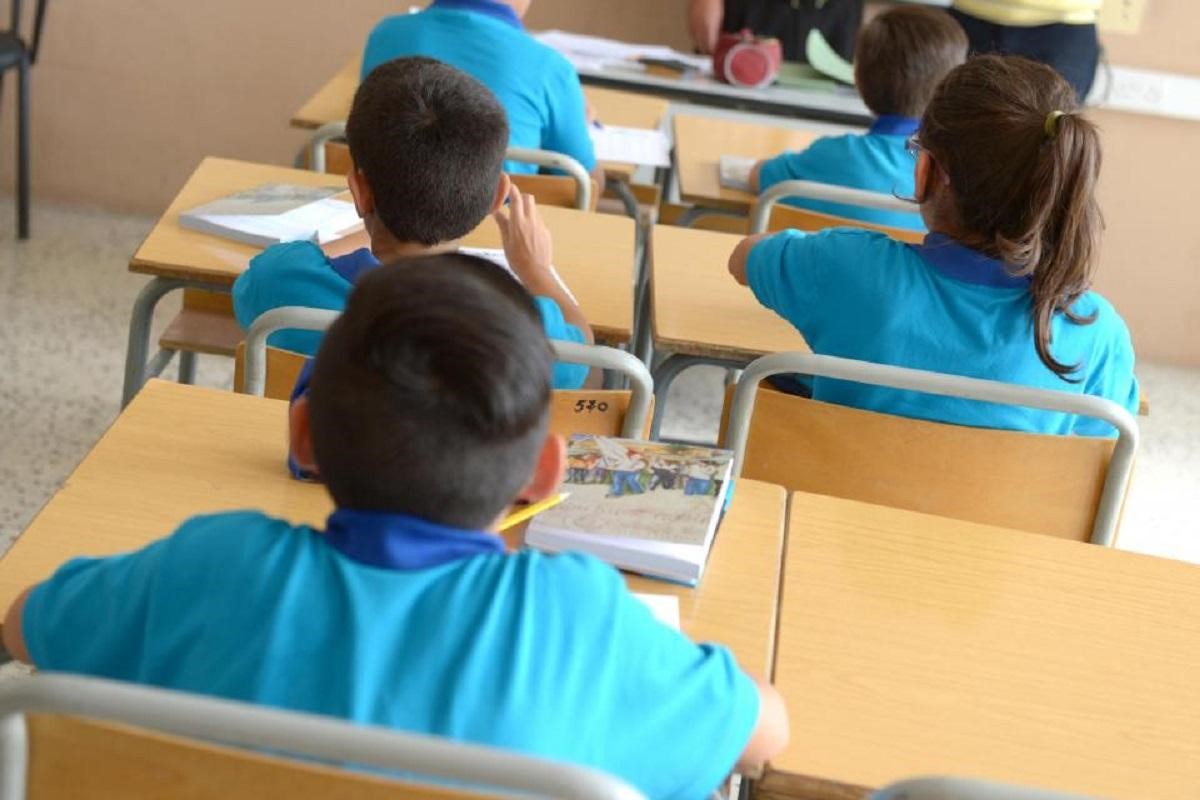Seven weeks ago the Organization for Economic Cooperation and Development (OECD) published the results of its 2022 Programme for International Student Assessment (PISA). The PISA tests evaluates “how well students can solve complex problems, think critically and communicate effectively” and to what extent “education systems are preparing students for real life challenges and future success.” This edition was the first to collect data on student performance after the COVID-19 pandemic. Overall the PISA 2022 assessment saw an unprecedented drop in performance across the OECD.
3127 students in 46 local schools completed the test. In reading they scored 445, down from 448 in 2018 when Malta climbed slightly from 442 in 2010. In mathematics they scored 466, slightly better than in 2010 (463) but falling below their performance in 2016 (479) and in 2018 (472). In science local students performed slightly better, scoring 466 compared to 2018 (457), 465 (2015) and 461 in 2010.
In his book ‘Finnish Lessons’, Finnish education expert Pasi Sahlberg notes that “up to two-thirds of what explains student achievement falls beyond the control of schools.” An African proverb says that “it takes a village to raise a child”. Schools are a small part of a bigger world over which they have no control: including the social, economic and cultural realities of the country and the pervasive influence of social media.
The report It Takes a Village to Raise a Child: Understanding and Expanding the Concept of the “Village” (https://www.ncbi.nlm.nih.gov/pmc/articles/PMC8964422)
published in March 2022 concludes “… it takes many people (“the village”) to provide a safe, healthy environment for children, where children are given the security they need to develop and flourish, and to be able to realize their hopes and dreams. This requires an environment where children’s voices are taken seriously and where multiple people (the “villagers”) including parents, siblings, extended family members, neighbours, teachers, professionals, community members and policy makers, care for a child.”
The report notes: “However, the village, in many countries today, is dissipated and fragmented and individuals are increasingly isolated and are not eager to ask for, or provide help to, others. Family breakdown, economic pressures, long working hours and increased mobility have all contributed to families feeling less connected to extended family members and others around them.”
The OECD points out: “Some 13% of disadvantaged students in Malta were able to score in the top quarter of mathematics performance. These students can be considered academically resilient because, despite their socio-economic disadvantage, they have attained educational excellence by comparison with students in their own country… Between 2015 and 2022, the gap in mathematics performance between the top and the bottom 25% of students in terms of socio-economic status narrowed in Malta.”
Nevertheless, social inequality still leads to inequality in education: “In Malta socio-economically advantaged students (the top 25% in terms of socio-economic status) outperformed disadvantaged students (the bottom 25%) by 83 score points in mathematics.” But social disadvantage does not tell the whole story. The 37% most advantaged students still only scored an average of 503 points in mathematics, well below students of Estonia and Japan, of a similar socio-economic background.
The report also shows that: “Boys and girls performed at similar levels on average in mathematics but girls outperformed boys in reading by 39 score points in Malta.” The share of low performers is larger among boys than among girls in both mathematics and reading.
The report notes that the share of immigrant students has increased in Malta from 5% in 2015 to 12% in 2022. There is no significant difference in the performance between immigrant and non-immigrant students in reading and mathematics.
Hot issues
The OECD concludes that higher expenditure on education does not automatically lead to higher scores in PISA. As a top spender Malta is one of those “countries/economies, the ways in which financial resources are used seems to matter more for student performance than the level of investment in education.”
Teacher shortages lead to lower performance by students: “In 2022, 41% of students in Malta were in schools whose principal reported that the school’s capacity to provide instruction is hindered by a lack of teaching staff (and 19%, by inadequate or poorly qualified teaching staff). In 2018, the corresponding proportions were 16% and 15%.”
The direct hiring of teachers by heads of local church and independent schools is cited as leading to better performance by their students: “In Malta, 24% of students attended a school where principals had the main responsibility for hiring teachers (OECD average: 60%), and 71% were enrolled in a school where teachers had the main responsibility for choosing which learning materials are used (OECD average: 76%). Many high-performing school systems tend to entrust principals and teachers with these responsibilities.”
The report also stresses the need for more cooperation between parents and teachers if students are to perform better at schools. Public consultation is in progress in Malta on the National Education Strategy 2024 – 2030. Since we started participating in the PISA tests 14 years ago Malta has always performed below the OECD average. There is no room for complacency. Raising educational standards within schools requires us to address issues such as:
– how do we attract good talented people to teaching?
– how to entrust heads and teachers with the democratic governance of state schools?
– how can we have inclusion for all students that cannot be a one-size-fits-all system?
– how do we set our students free from the trap of low expectations?
– how do we make our schools multicultural?
– how do we make sure that our students are competent in the use of both Maltese and English as Maltese is being used less in most schools?
– how can the health, education and welfare sectors coordinate their policies and resources to nurture a supporting environment for all children?
– how do we ensure that the curricula, syllabi and pedagogy in our schools are relevant to meet Malta’s world challenges in the second quarter of the 21st century?




